TEL AVIV, ISRAEL—According to a Haaretz report, a new study of the Roman structures at Masada conducted by Guy Stiebel of Tel Aviv University, Hai Ashkenazi of the Israel Antiquities Authority, and their colleagues suggests that the final siege at the hilltop desert fortress at the end of the First Jewish-Roman War (a.d. 66–73) lasted a couple of weeks, and not a couple of years, as had been previously thought. The first-century a.d. historian Josephus Flavius recorded that the fortress was captured from the Romans by a group of Jewish rebels known as the Sicarii in A.D. 66. A Roman legion surrounded Masada with a wall to isolate the Sicarii, and then constructed a siege ramp to enter the fortress around A.D. 73. The researchers estimated the original height, volume, and length of the well-preserved Roman structures through a ground survey, drone imagery, and 3-D digital modeling. They then used historical reports of how much stone a trained Roman soldier could carry in a day to estimate how long it would have taken to construct the siegeworks. The study indicates that if 5,000 of the 6,000 to 8,000 Roman soldiers at Masada were dedicated to building the wall, it would have taken them 11 to 16 days to complete the task. The ramp may have taken another four to six weeks, resulting in a “quick, brutal, and efficient affair,” lasting about two months, Stiebel said. “They came, they made a precision strike and they left after a few weeks,” he explained, adding that the Romans may have undertaken the operation because the Sicarii of Masada had attacked the Jewish town of Ein Gedi to the north and interrupted its lucrative trade in perfume. Read the original scholarly article about this research in Journal of Roman Archaeology. To read more about the First Jewish-Roman War, go to "Letter from Rome: Secrets of the Catacombs."
New Thoughts on the Roman Siege of Masada
News September 5, 2024
Recommended Articles
Digs & Discoveries September/October 2021
Herodian Hangout
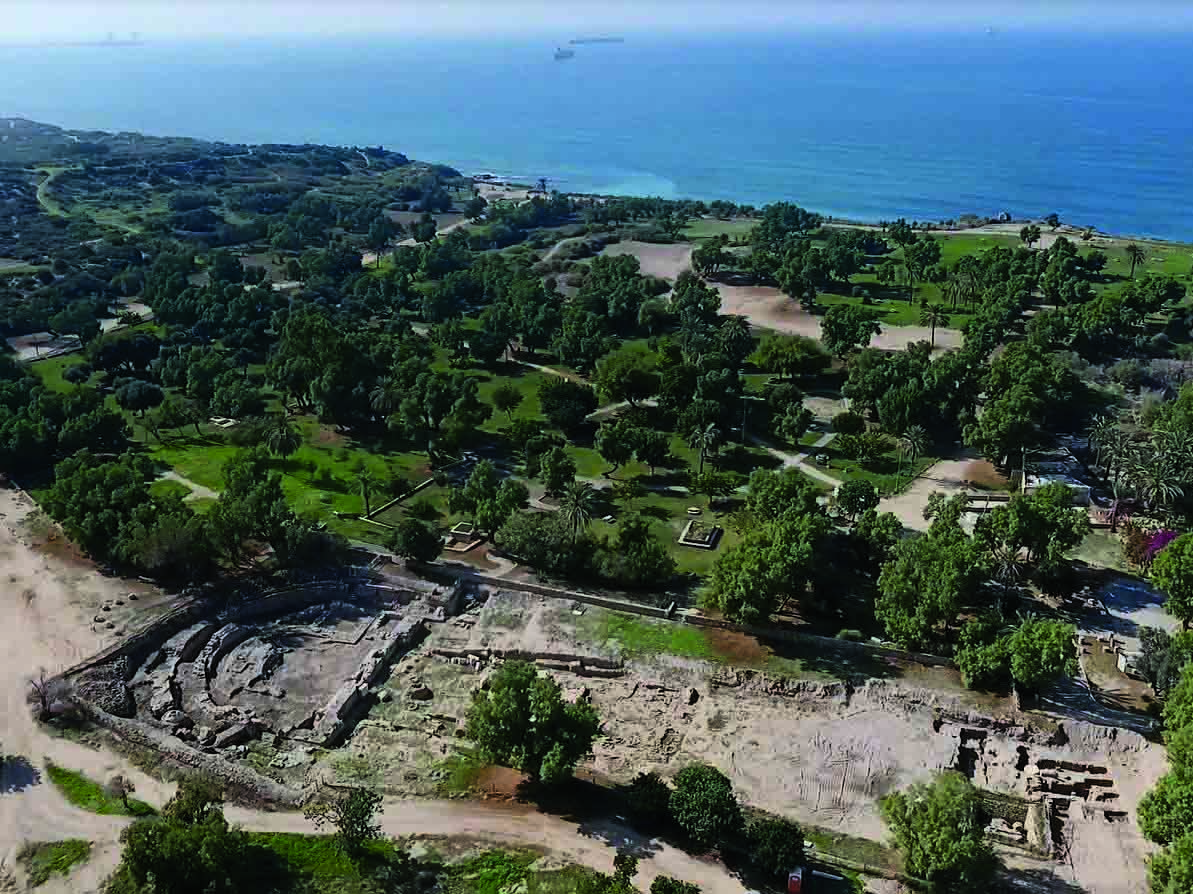
Digs & Discoveries January/February 2018
Front Row Seats
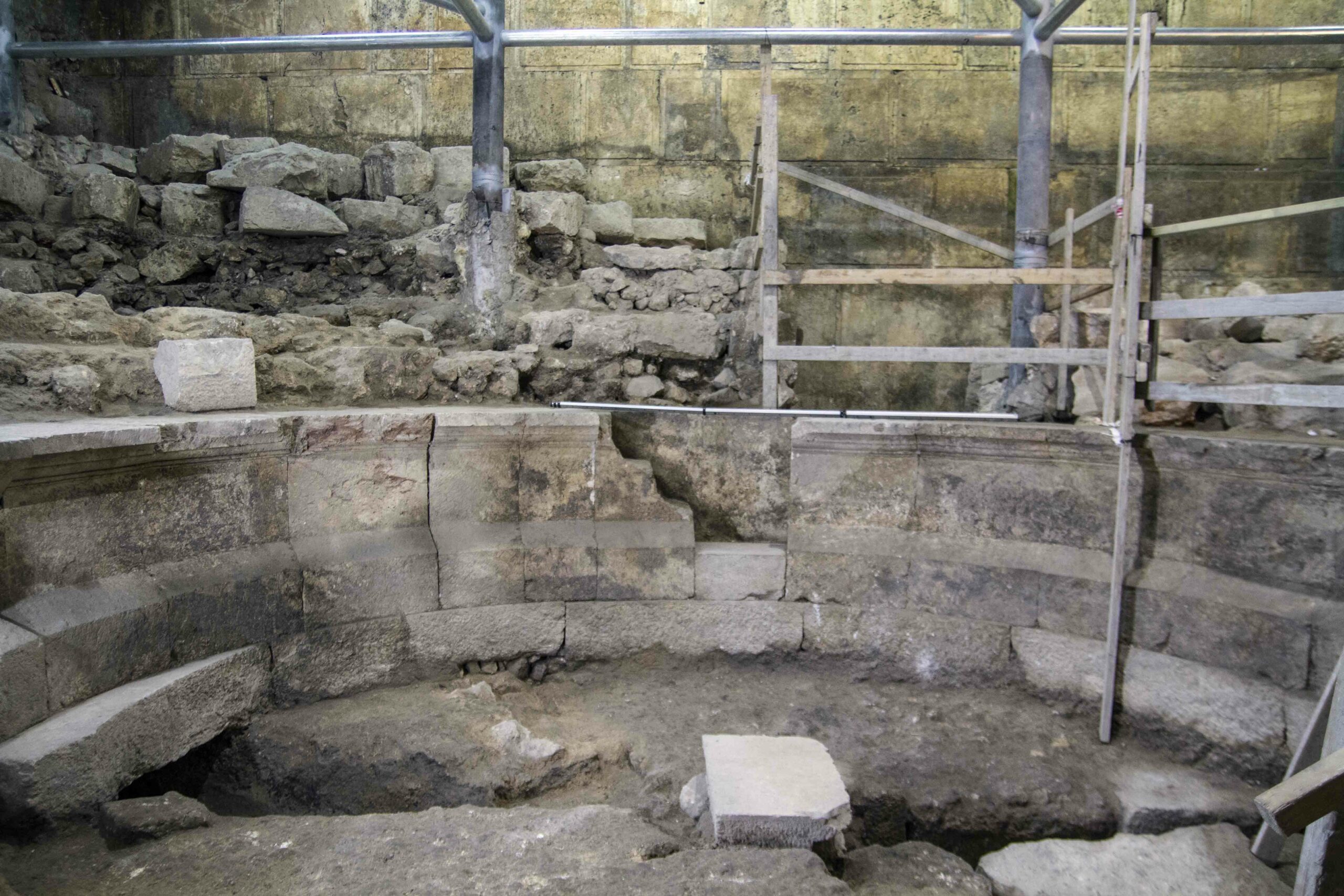
Digs & Discoveries September/October 2016
Sun and Moon

Features January/February 2026
The Cost of Doing Business
Piecing together the Roman empire’s longest known inscription—a peculiarly precise inventory of prices

-
Features September/October 2024
Hunting for the Lost Temple of Artemis
After a century of searching, a chance discovery led archaeologists to one of the most important sanctuaries in the ancient Greek world
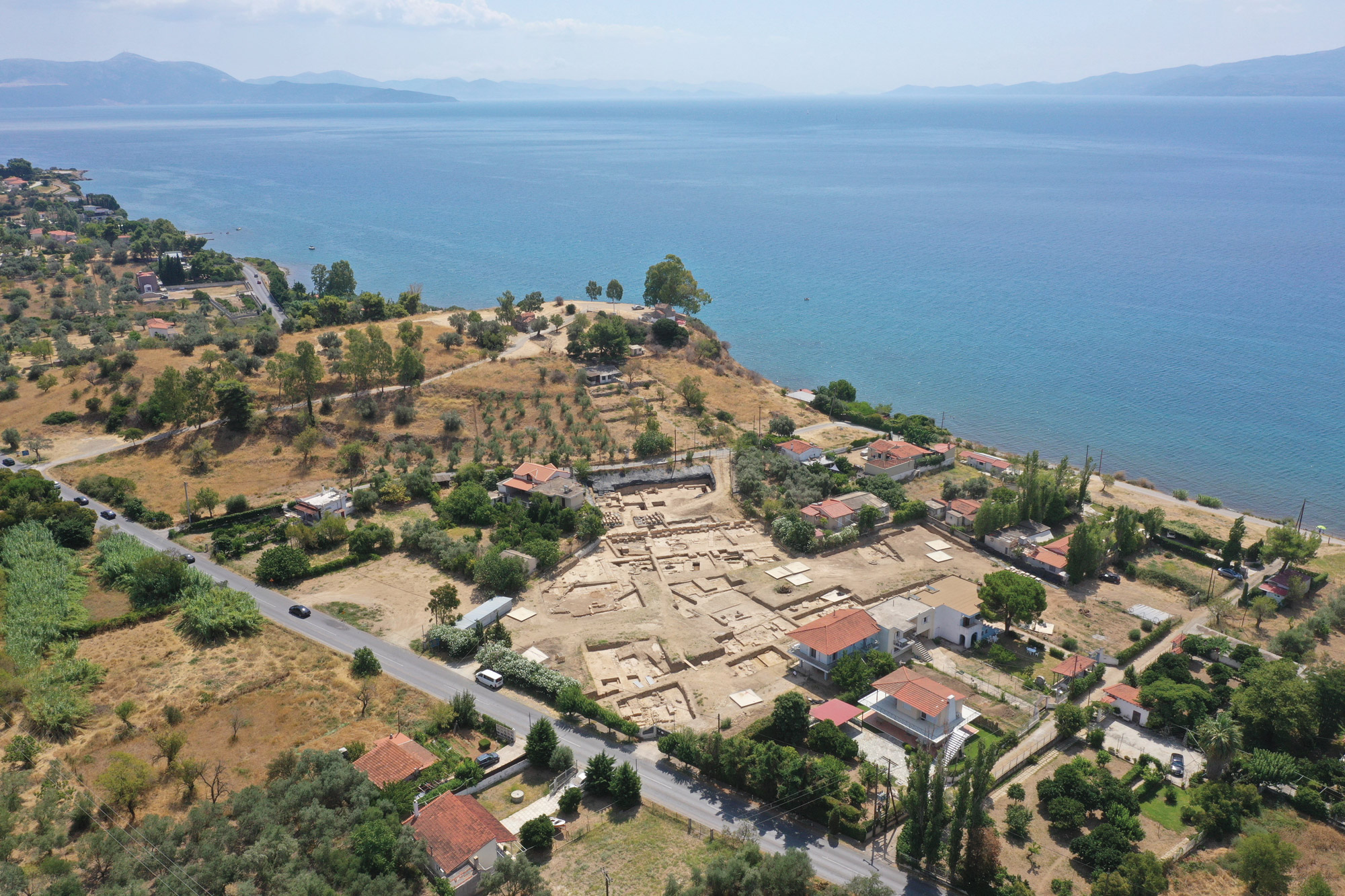 Courtesy Swiss School of Archaeology in Greece
Courtesy Swiss School of Archaeology in Greece -
Features September/October 2024
Trees of the Sky World
Why Australia’s Indigenous Wiradjuri people carved sacred symbols into trees to mark burials of their honored dead
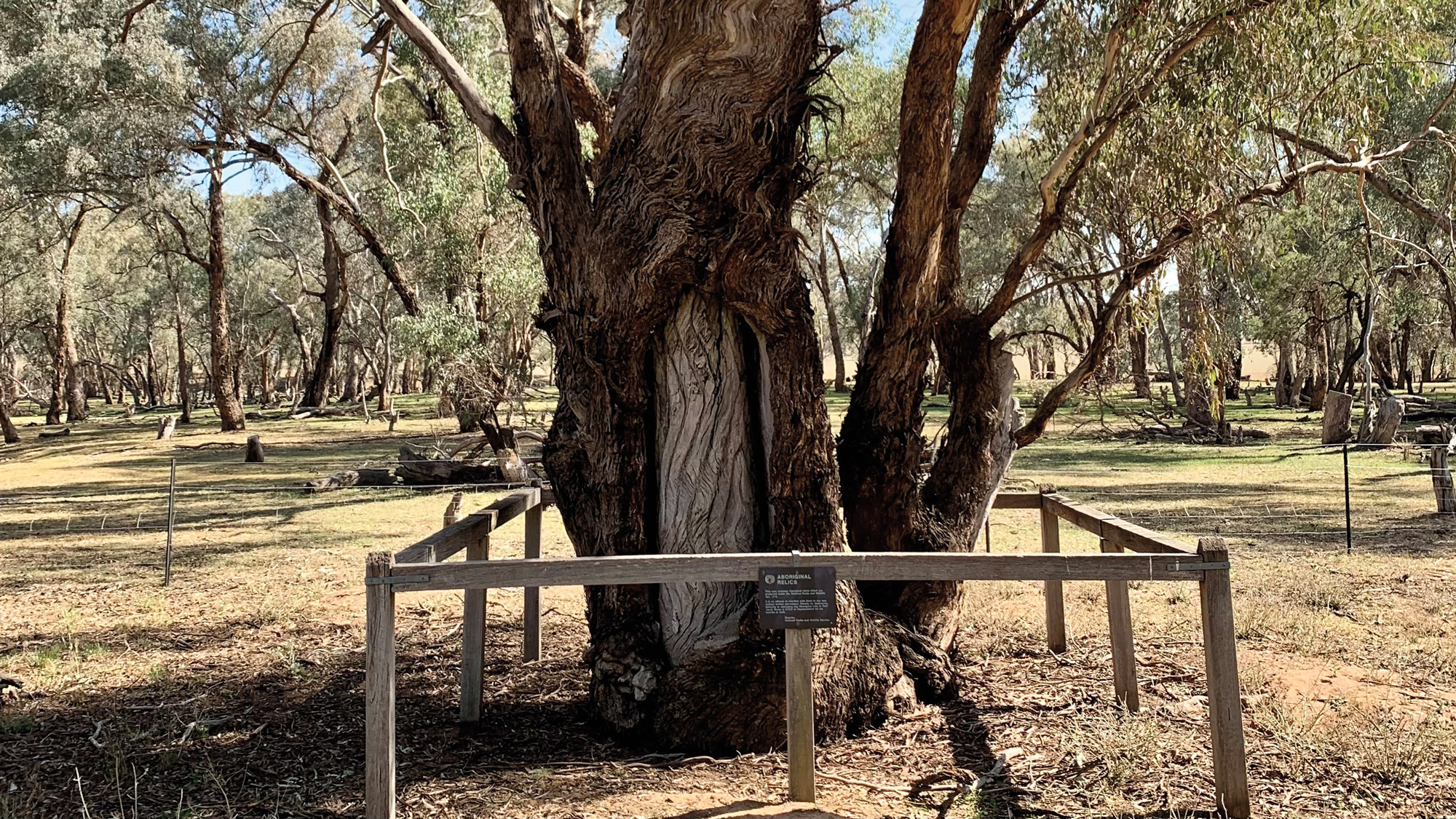 Courtesy Caroline Spry
Courtesy Caroline Spry -
Features September/October 2024
The People Before the Book
A trove of papyri unearthed on the Egyptian island of Elephantine gives voice to an early Jewish community
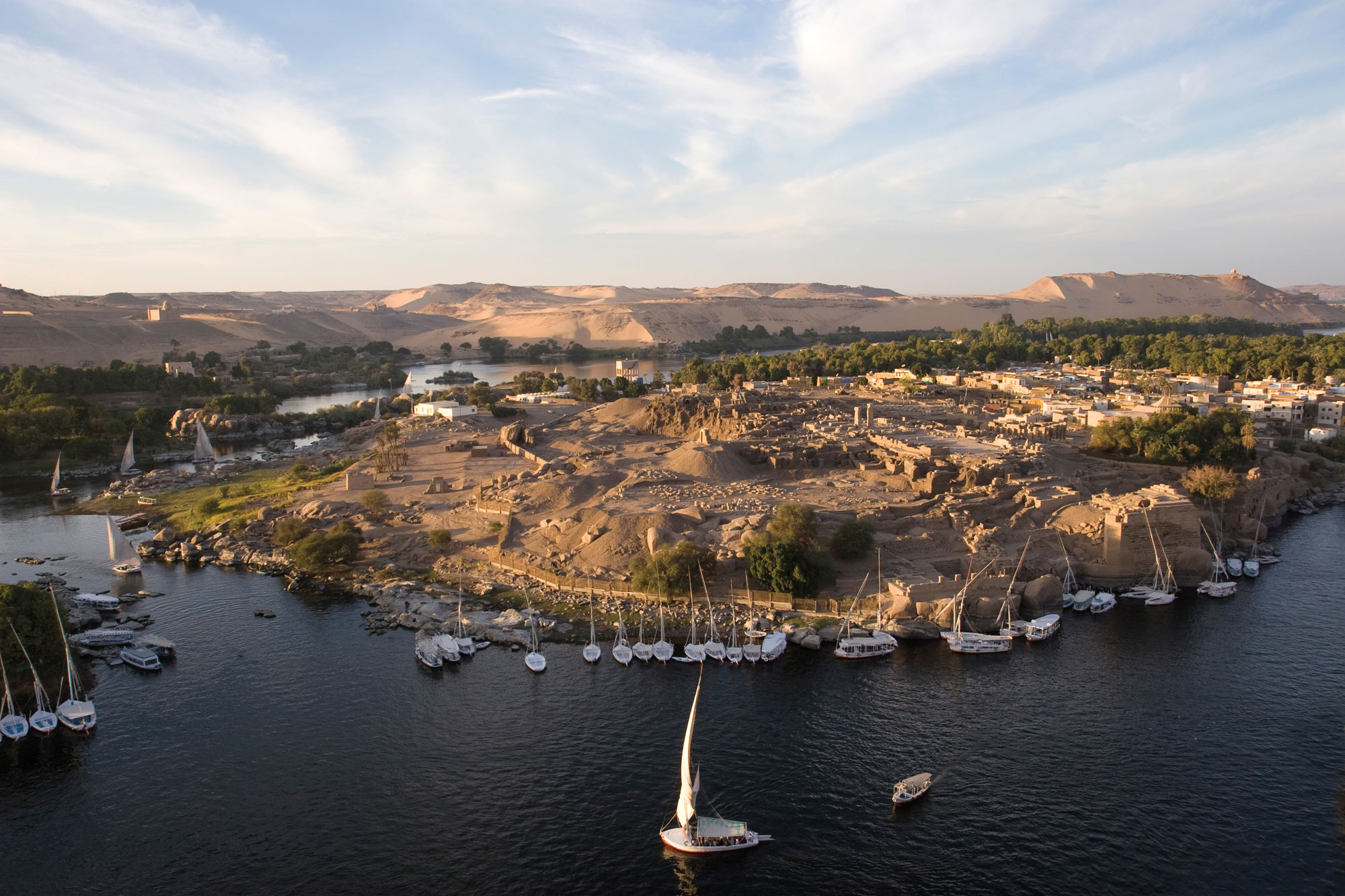 Bildarchiv Steffens/Bridgeman Images
Bildarchiv Steffens/Bridgeman Images -
Features September/October 2024
Pompeii Style
Inside the Roman houses where archaeologists continue to discover evocative new masterpieces
 Courtesy Soprintendenza Archeologica di Pompei
Courtesy Soprintendenza Archeologica di Pompei


